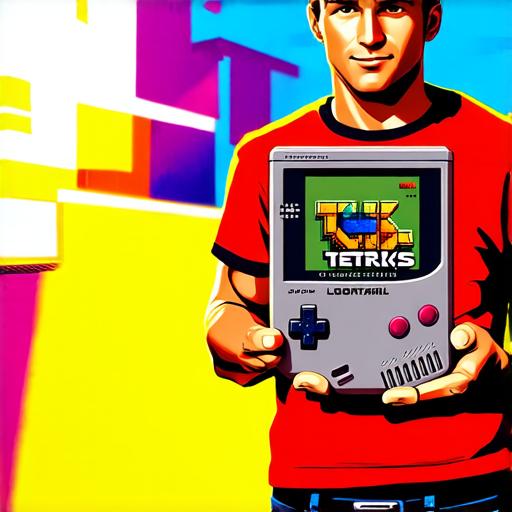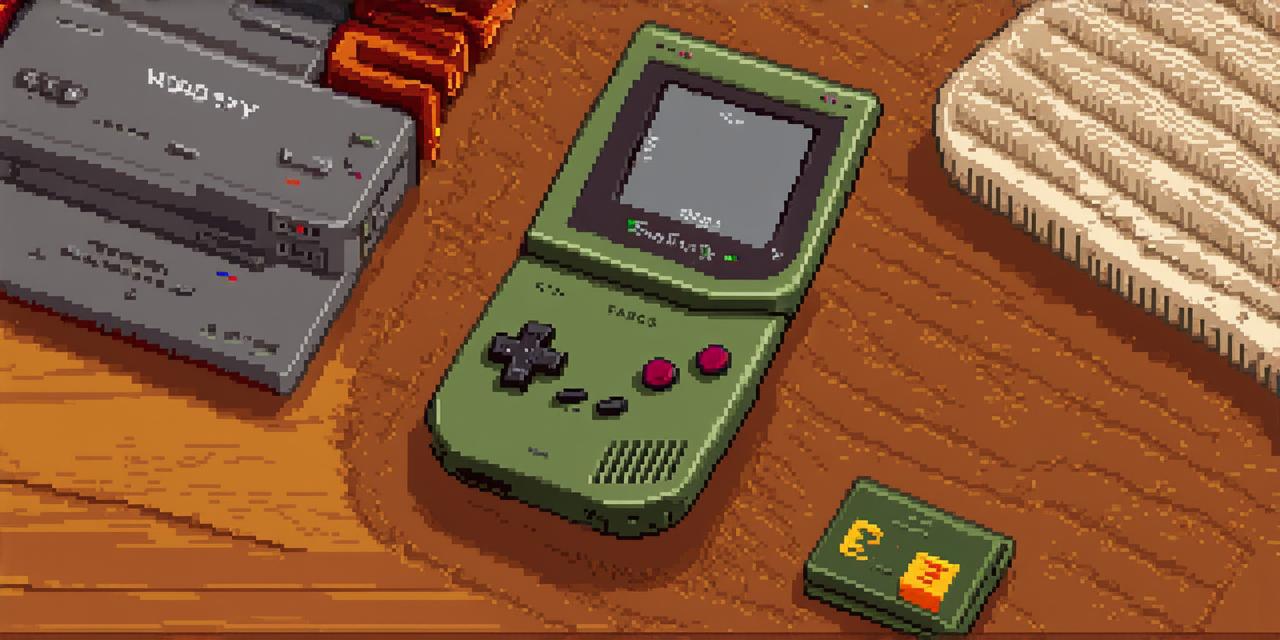As the world of portable gaming continues to evolve and expand, it’s hard not to wonder about the humble beginnings of one of the most iconic gaming devices in history: the Game Boy. If you’re a game developer with a passion for vintage consoles, chances are that you’ve pondered which Game Boy model was released first. While it may seem like a trivial question, understanding the early days of Nintendo’s portable gaming empire can offer valuable insights into the evolution of this beloved technology.
The Game Boy’s Early Days: A Brief Overview
Nintendo first released the Game Boy in North America on April 21, 1989. This groundbreaking handheld gaming device was designed to provide an immersive gaming experience on the go, allowing players to enjoy their favorite games wherever they were. The original Game Boy was small, portable, and lightweight, with a screen that was just 3.5 inches by 4 inches. It featured a single speaker and a monochrome LCD display that allowed players to see only in shades of gray.
The first game that was released for the Game Boy was “Pilotwings,” which allowed players to control a helicopter, airplane, or car through a series of challenging missions. Despite its limited capabilities, the original Game Boy quickly gained popularity and sold over 1 million units in its first year. This success paved the way for future iterations of the console that would continue to push the boundaries of portable gaming.
The Evolution of the Game Boy: From Model A to DX
Over the years, Nintendo released a number of different models of the Game Boy, each with its own unique features and improvements. The first major update came in 1990 when the Model B was released. This version featured a slightly larger screen and improved battery life, allowing players to enjoy their games for longer periods of time.
The Model C, which was released in 1993, brought even more enhancements to the Game Boy lineup. This model introduced the use of color on the screen, allowing players to see their games in a whole new light. It also featured improved graphics and sound capabilities, making it a popular choice among gamers who wanted a more immersive experience.
In 1994, Nintendo released the Model DX, which was designed to be even more powerful than its predecessors. This version featured a larger screen with a resolution of 320 x 480 pixels, making it possible to display more detailed graphics and images. It also introduced support for backlighting, which allowed players to enjoy their games in low-light conditions.
The Game Boy Advance: A New Era of Portable Gaming

Despite its many successes, the original Game Boy lineup eventually fell out of favor as technology advanced. In 2001, Nintendo released the Game Boy Advance, which was designed to be a more powerful and versatile gaming device than its predecessors. The Game Boy Advance featured a larger screen with a resolution of 320 x 240 pixels, as well as support for advanced graphics capabilities that allowed for the creation of 3D games.
The success of the Game Boy Advance can be attributed to a number of factors, including its powerful hardware and its ability to appeal to both casual and hardcore gamers. It also introduced a number of new features, such as the ability to play games online through Nintendo’s Wi-Fi network and support for downloadable content via the Game Boy Player service.
